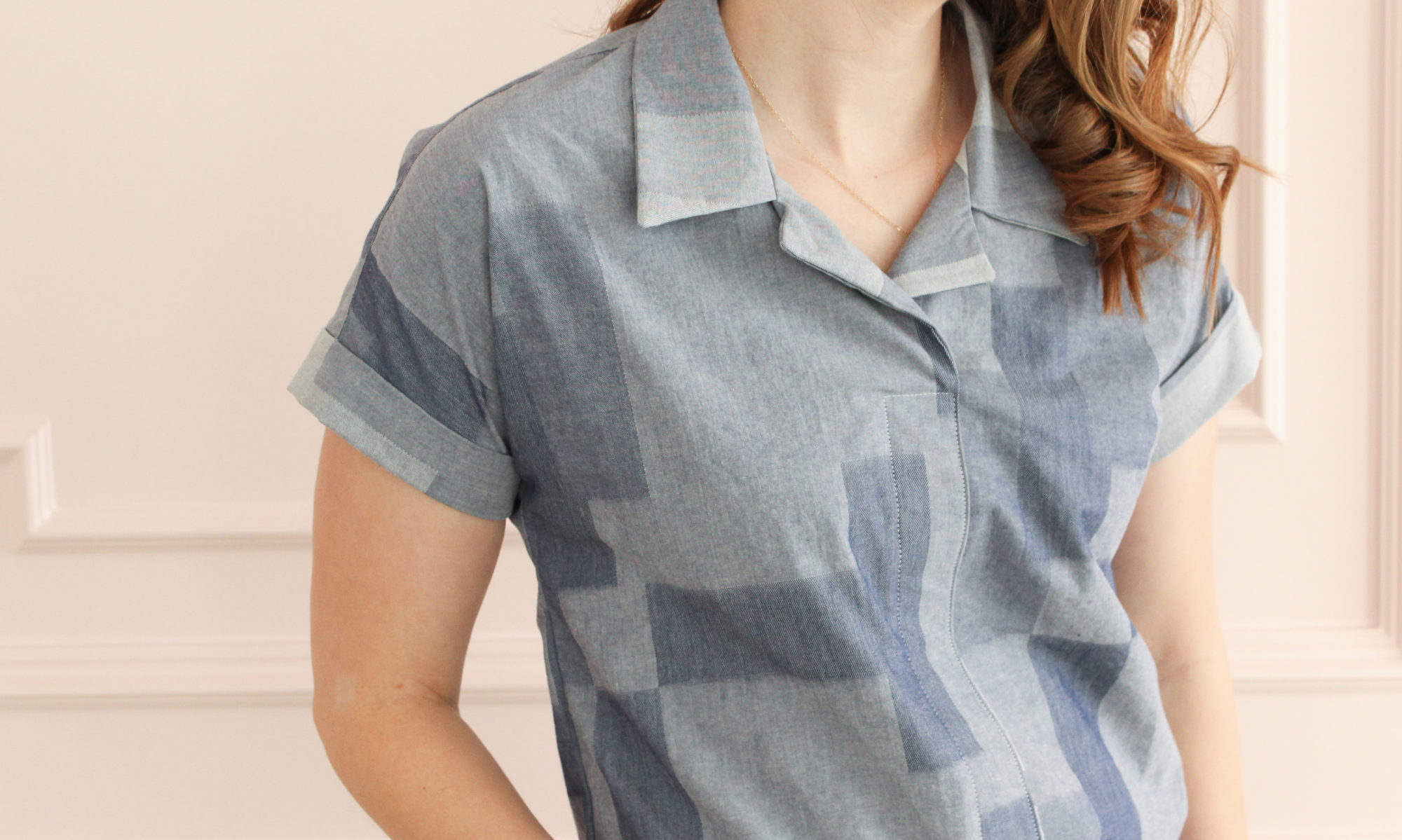Disclosure: The fabric used for my pants was provided to me by Raspberry Creek Fabrics. All opinions expressed here are my own.
Two blog posts in two days? Who even am I? The truth is I’m trying to squeeze in every bit of work in before my son starts summer break tomorrow. It’s been such a blessing this last school year to have a couple of hours (kindergarten is only half day here) to myself to sew and work in the middle of the day instead of late at night. It’s allowed me to connect and collaborate more without completely burning out. I don’t know what the summer holds but, hopefully I’ll still find some time to be active around these parts. Speaking of summer break, my wardrobe was in serious need of pants that don’t look like pajamas, coordinate with almost anything, AND keep me cool even when I decide to cover my unshaven legs. Enter my latest make…the Arenite Pants by Sew Liberated (I purchased my pattern through Indiesew here). Ready for all the details? Let’s do this.

Fabric
After a bit of internal debate and some time spent scouring the Raspberry Creek Fabrics website, I knew what I had to do. Is there anything that screams summer more than a good pair of linen pants? The sewist in me says “No.” For this pair I selected the Brussels Washer Linen in Leather Brown. I would characterize the actual color of this as a golden brown or toasted marshmallow, if you will. If you’re unfamiliar with the Brussels Washer Linen, it’s a lightweight rayon/linen blend. Most of the colors (check out all the colors RCF has available here), including this one, are made with two different color threads woven together which give extra dimension to the look of the fabric. It’s weight feels breezy and cool while still having just enough substance to be opaque (kind of important for pants). After the first wash it gains a perfect crinkly texture and is less scratchy than most 100% linens. Fabric spiel over. Let’s talk about this pattern.

Pattern, Sizing, and Alterations
The Arenite Pants as drafted are a bit oversized with huge slouchy pockets. I love the original design but personally don’t love too much extra bulk around my hips. Several ladies in the sewing community have been slimming down the pattern pieces and hacking them to resemble the Elizabeth Suzann Clyde Pants. THIS was a look I could get behind. Thankfully, I didn’t have to do too much in the thinking department because Meg of Sew Liberated has added the slim leg hack instructions in her Instagram highlights (find the instructions on her IG profile here).

I followed Meg’s hack instructions almost to the letter and it worked a treat. As per her instructions, I sized down 3 sizes (from a 12 to a 6), removed width from the side panels and pocket linings, and added length back in where needed. I made a slight deviation in adding 1.5″ to the top of the front pant, back pant, and pocket panel pieces. This raised the waist of the pants so it fits centered over my belly button and perfectly high-waisted. Long gone are my days of low-rise pants. To account for my height, I also added 1.5″ to the length at the lengthen/shorten line. I’m thrilled with the overall fit of this pair although I may opt to slim the calves just a touch more on my next pair.

Construction
I’ll admit that unless I’m unfamiliar with a technique or testing a pattern, I rarely follow instructions. For ease of construction, I opted to skip the flat fell seams and instead simply serge the raw edges and topstitch all seams down. I intended this pair to be an ace wearable muslin and didn’t want to spend twice as long making the pants if they ended up not fitting correctly. If I do use a rayon challis or tencel, I may try flat felling those seams for security. Since I didn’t flat fell the seams, these pants came together in about 3 hours. It was easy and relatively fuss-free. Perfect for a pair of pants that I plan to make again and again.

Final Thoughts
I’m currently sitting in bed still wearing my Arenite Pants. The comfort level is extreme. In fact, I could very likely sleep in these. My only qualm about the entire making process is that I definitely should’ve chosen to get 2.5 yards instead of the 2 I had. It took an epic pattern tetris battle and waistband pieced from scraps but, I made it work. The remaining fabric scraps fit in one hand. Next time I’ll save myself a bit of trouble and just order a bit more fabric.

Other than shorting myself on fabric, the process was seamless and I’m pleased with the finished product. The only slight changes I plan to make in my next pair will be slightly slimming the ankles and raising the top of the pockets by about 1 inch. I love this pair and have full faith that with the next pair I can achieve summer pant perfection.

Curious about the shirt I’m wearing here? It’s one of my tester versions of the Perkins Shirt made in a Black and White Stripe Rayon Challis that I purchased last year from Raspberry Creek. Read more about it here.

Thanks for reading!





















